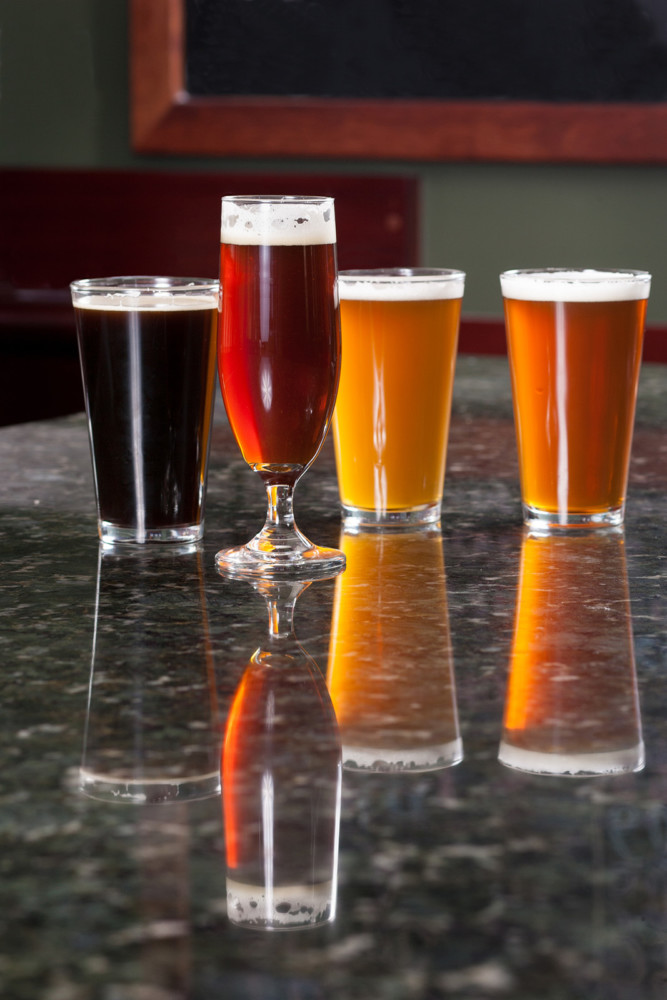By Stacey Burling
The Philadelphia Inquirer
WWR Article Summary (tl;dr) Step away from the beer! At least if you want to lose weight.
buy kamagra soft generic buy kamagra soft online no prescription
A new study reveals how drinking can undercut diets in several ways.
The Philadelphia Inquirer
A new study from Penn Nursing suggests that, if you want to lose weight and keep it off in the new year, you might want to think about cutting back on drinking.
The study, which was led by Ariana Chao, an assistant professor of nursing who studies obesity treatment and binge eating, examined how drinking affected weight loss among 4,901 people with type 2 diabetes who participated in the Action for Health in Diabetes study.
That study compared weight loss for people who underwent an intensive lifestyle intervention that focused on improving diet and exercise with those in a control group.
The people in the intervention group were told about the calories in alcohol and advised to decrease drinking to reduce caloric intake.
On average, people in the intervention group lost considerably more weight during the first year (around 9 percent of total weight) than those in the control group, who lost less than 1 percent of body weight.
During the first year, drinking level didn’t affect weight loss. Nor did people in either group actually reduce their drinking.
However, nondrinkers in the intervention group had kept more weight off at four years, 5.1 percent of initial weight, than those who drank at any level.
Heavy drinkers, defined as men who drank more than 14 drinks a week or women who drank more than seven, had lost 2.4 percent of initial weight at four years.
Alcohol abstainers were also considerably more likely to lose 10 percent or more of their weight.
Twenty-seven percent of nondrinkers attained that goal compared with just 4.8 percent of heavy drinkers.
Twenty-four percent of light drinkers lost 10 percent or more of their body weight.
From a health standpoint, losing 5 percent or more of your weight can improve your health even if you’re still overweight, Chao said.
People in the study were 45 to 76 years old and less likely to drink than the general population.
At the beginning of the study, 38 percent said they had not had a drink in the past year. (Nationally, about 70 percent of Americans say they drink at least once a year.)
Only 1.7 percent of study participants said they were heavy drinkers. One limitation of the study, Chao said, is that people tend to underestimate their drinking.
Drinking may undercut diets in several ways, Chao said. One is that alcoholic drinks tend to be extra calories. People add them to meals rather than, say, substituting them for a side dish. The calories can be substantial.
According to the National Institutes of Health, 12 ounces of regular beer has 153 calories. Craft beer, which often has higher alcohol content, can have more.
Five ounces of white wine has 121 calories. Red has 125 calories. Sweet mixed drinks are where the calories can soar. A 4.4-ounce margarita has 168 calories and a 9.9-ounce pina colada has 490 calories.
But keep in mind that many restaurant drinks are bigger than this.
Beyond the calories, studies have shown that people who are drinking tend to eat more and make poorer choices about food when they’re drinking.
If you’re thinking about losing some weight after the holidays, Chao has some advice: “I would suggest as much as possible to decrease or eliminate sources of empty calories; things like alcohol that might add extra calories and that might make it difficult to make healthy food choices.”
How many calories are in your drink?
12 ounces regular beer: 153 (craft beers often have more)
5 ounces red wine: 125
5 ounces white wine: 121
4 ounces champagne: 84
1.5 ounces gin, rum, vodka, whiskey, tequila: 97
2.25 ounce martini: 124
2.75 ounce cosmopolitan: 146
6.6 ounce mojito: 143
4.4 ounce margarita: 168
9.9 ounce pina colada: 490
3.5 ounce Manhattan: 164
(Source: National Institutes of Health)














































































































































































































































































































































































